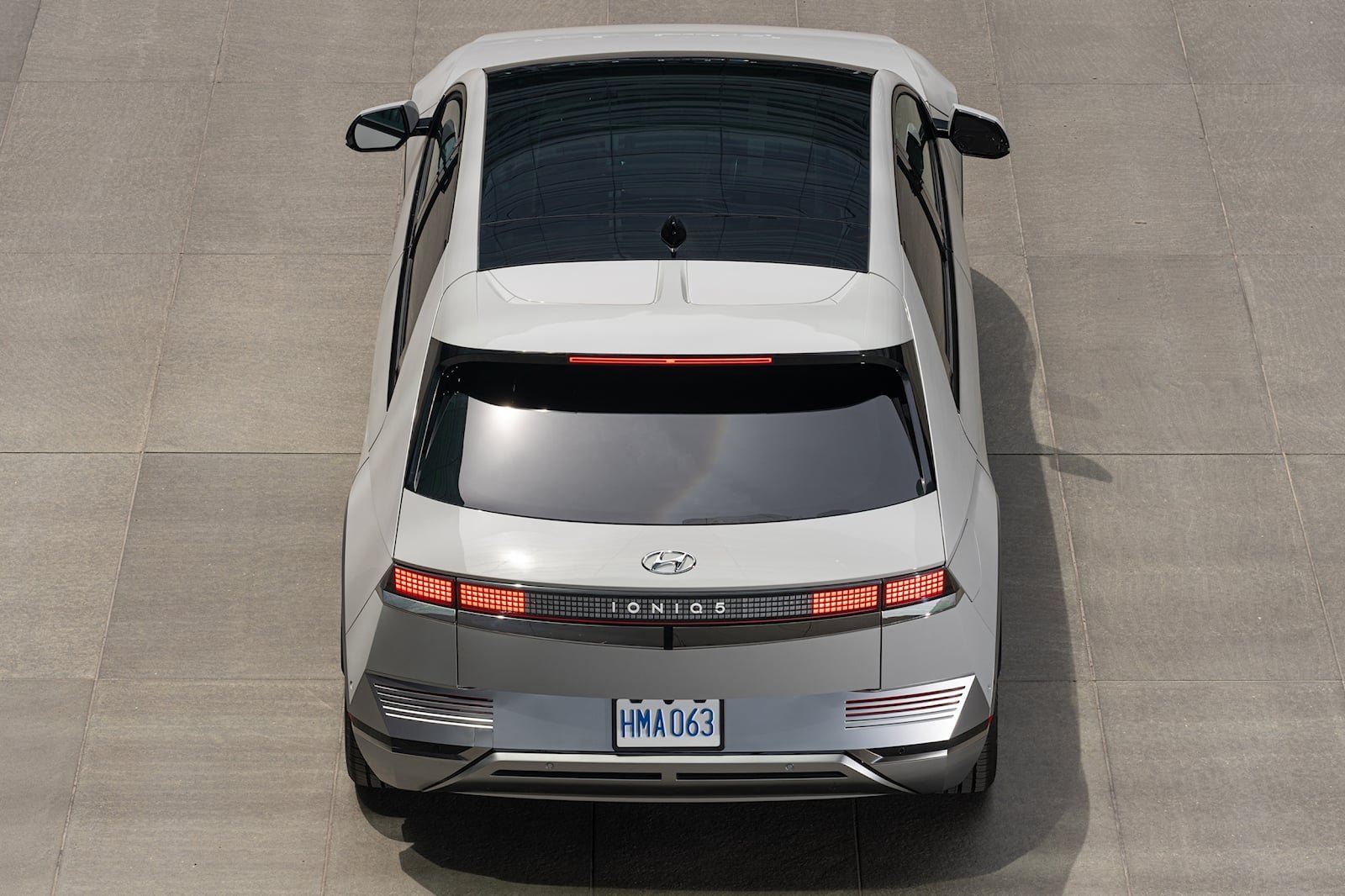Hyundai wants more EVs in more places and is spending the money to do it.
The auto industry is, very obviously, a competitive one. You could easily argue that’s been stepped up since electric vehicles went mainstream. At least, mainstream as compared to five years ago. Hyundai is looking to step up its electric vehicle game now too. Not that things have been going poorly over in Korea. The makers of the Hyundai Ioniq 5 and Kona Electric have done well for themselves. Both the 5 and its twin, the Kia EV6, have seen solid success in the space.
However, “solid” isn’t enough. So, Hyundai is dropping a cool $16.5 billion on further electrification. That’s also in line with the brand’s green strategy, which aims to make the brand more carbon neutral as the years pass. Mind you, this isn’t being spent all at once. That huge sum will be spread out across eight years.
 Hyundai
Hyundai
 Hyundai
Hyundai
 Hyundai
Hyundai
 Hyundai
Hyundai
The group, which also includes both Kia and luxury arm Genesis, is shooting for 1.4 million EVs in South Korea by 2030. A chunk of that money will be spent hitting that seven-figure target. That figure is also part of a larger plan, which consists of selling 3.2 million electric cars globally. If all these figures sound vaguely familiar, you’d be right. Just about every automaker and their mother is switching to a heavily, if not fully-electric portfolio within the coming decades.
It’s not just South Korea that’s getting more Hyundai and Kia-branded electric vehicles. The Hyundai Motor Company plans to step up its American presence as well. That includes a $5.5 billion investment in facilities here in the States, specifically Georgia, now home to upmarket brand Rivian. These US-based factories are set to start producing soon, ideally unimpeded by current supply shortages, to the tune of roughly 300,000 vehicles yearly.
 Hyundai
Hyundai
 Hyundai
Hyundai
 Hyundai
Hyundai
 Hyundai
Hyundai
With that kind of capital and production capacity, we’re expecting to see Hyundai become a significantly more prominent player in the electric vehicle space. Right now, the EVs market is largely centered upstream from the majority of US buyers. While that’s starting to change with vehicles like the F-150 Lightning and Ioniq 5, it’s still slow going for those not willing to lease a car for a five-figure monthly payment.
With any luck, investment on this scale from Hyundai Motor Co. will change that. It won’t be a rapid change by any means, but one that should mean access to electrified options for a broader spectrum of consumers.



